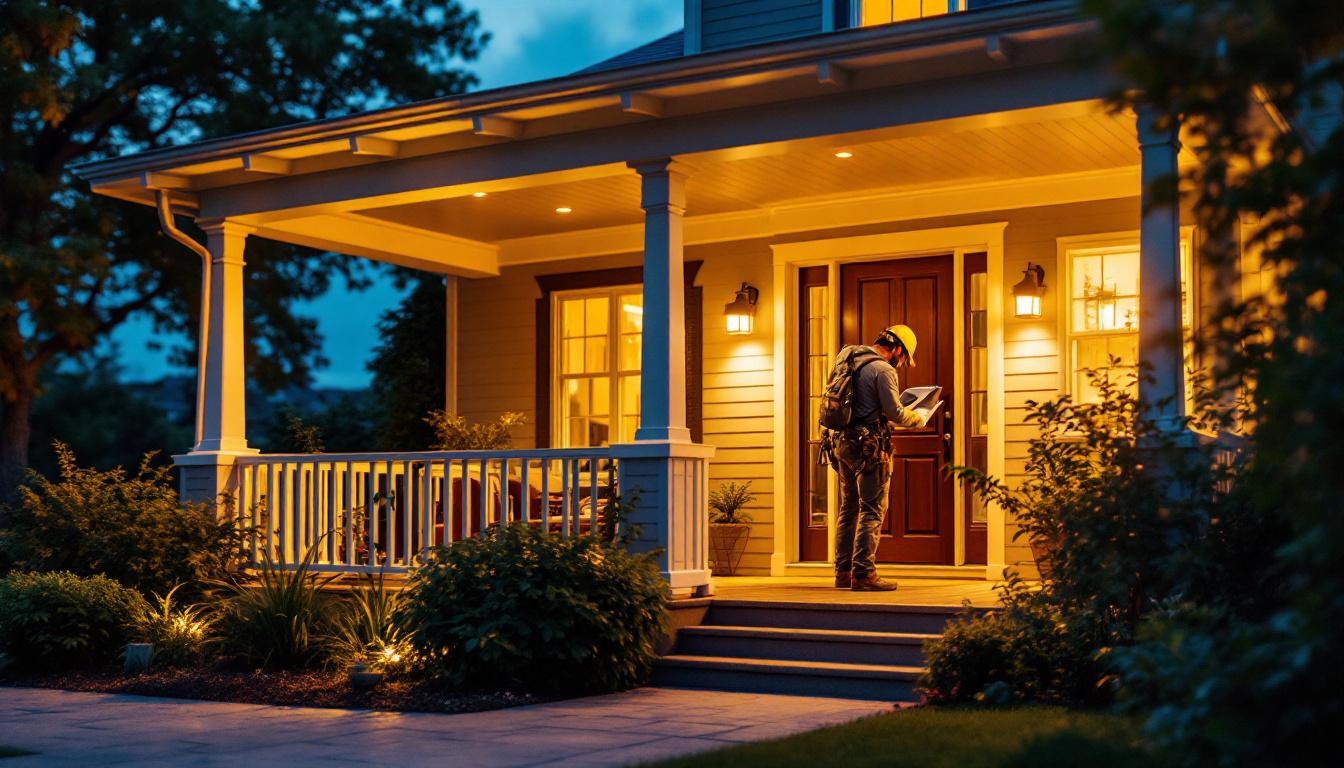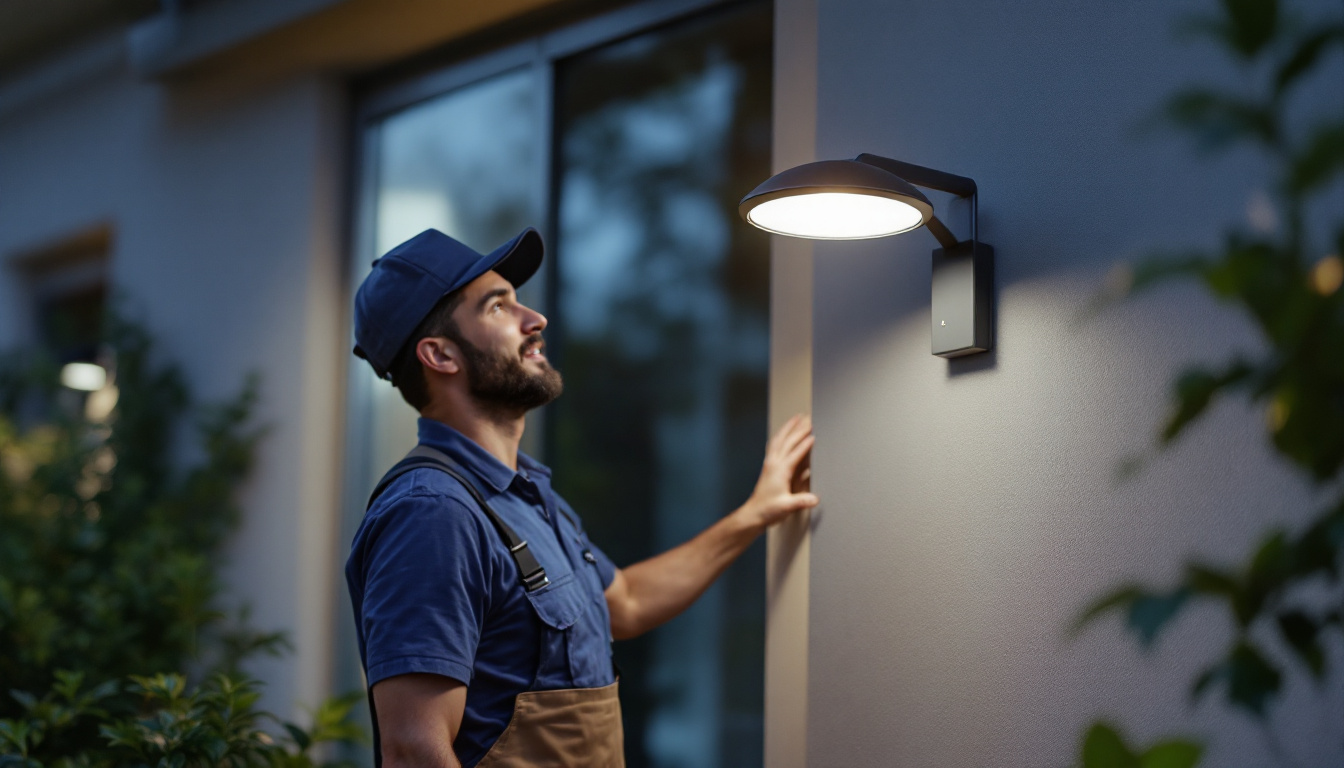
In the ever-evolving world of lighting design, recessed luminaires have emerged as a staple for both residential and commercial applications. Their sleek appearance and versatility make them a preferred choice for many lighting contractors. This article delves into the benefits of recessed luminaires, the considerations for installation, and strategies for maximizing success in this competitive field.
Recessed luminaires, often referred to as can lights or downlights, are fixtures that are installed above the ceiling line, providing a clean and unobtrusive look. They can be used for various purposes, including ambient, task, and accent lighting. Understanding the different types and applications of recessed luminaires is crucial for lighting contractors aiming to meet their clients’ needs effectively. These fixtures not only serve functional roles but also enhance the overall design of a space, making them a popular choice in modern architecture.
There are several types of recessed luminaires that contractors should be familiar with. Each type serves distinct purposes and offers unique features:
Recessed luminaires can be utilized in various settings, enhancing both functionality and aesthetics:
Moreover, the installation of recessed luminaires can significantly influence the perceived height and spaciousness of a room. When placed strategically, they can create the illusion of a higher ceiling, making smaller spaces feel more open and airy. This is particularly beneficial in urban apartments or compact homes where maximizing space is a priority. Additionally, advancements in smart lighting technology mean that many recessed fixtures can now be integrated with home automation systems, allowing users to control their lighting remotely or set schedules for enhanced convenience and energy savings.
Successful installation of recessed luminaires requires careful planning and execution. Lighting contractors must consider several factors to ensure optimal performance and client satisfaction.
The type of ceiling and its height play a significant role in the selection and placement of recessed luminaires. For instance, in low ceilings, shallow fixtures may be necessary to avoid overwhelming the space. Conversely, higher ceilings can accommodate larger fixtures that provide more expansive lighting coverage. Additionally, the material of the ceiling can influence the choice of luminaires; for example, drywall ceilings may allow for more flexibility in fixture placement, while exposed beams might necessitate a more creative approach to integration.
A well-thought-out lighting layout is essential for achieving the desired effect. Contractors should consider the following:
Moreover, the color temperature of the bulbs used in recessed luminaires can significantly affect the mood of the space. Warmer tones (around 2700K to 3000K) can create a cozy and inviting atmosphere, making them ideal for living rooms and bedrooms, while cooler tones (4000K and above) are often preferred in workspaces and kitchens for their energizing effect. It’s also important to consider dimming capabilities; incorporating dimmers allows for greater flexibility in adjusting the light intensity to suit different activities and times of day.
Finally, the integration of smart lighting technology can further enhance the functionality of recessed luminaires. By utilizing smart bulbs and controls, homeowners can easily customize their lighting experience through mobile apps or voice commands, allowing for seamless transitions between different lighting scenarios. This not only adds convenience but also promotes energy efficiency, as users can schedule lighting to align with their daily routines, reducing unnecessary power consumption.
For lighting contractors, understanding the technical aspects of recessed luminaires is just the beginning. Success in this field also hinges on effective business strategies and client engagement.
Establishing trust and rapport with clients is essential for long-term success. Here are some strategies to enhance client relationships:
The lighting industry is constantly evolving, with new technologies and design trends emerging regularly. Contractors should stay informed about the latest developments, such as:
While recessed luminaires offer numerous benefits, lighting contractors may encounter challenges during installation. Understanding these challenges can help mitigate potential issues.
Electrical requirements for recessed luminaires can vary significantly based on the fixture type and the overall design of the lighting system. Contractors must ensure that:
In many cases, contractors will be working within existing structures, which can present unique challenges:
Beyond functionality, recessed luminaires can significantly enhance the aesthetic appeal of a space. Contractors can leverage design techniques to create visually stunning environments.
The trim of a recessed luminaire can dramatically affect the overall look of the fixture. Options include:
Color temperature plays a crucial role in setting the mood of a space. Contractors should consider the following:
Recessed luminaires present a wealth of opportunities for lighting contractors looking to enhance their offerings and improve client satisfaction. By understanding the types and applications of these fixtures, addressing installation challenges, and employing effective business strategies, contractors can maximize their success in this competitive industry.
Staying informed about industry trends and maintaining strong client relationships will further solidify a contractor’s reputation and ensure a steady stream of projects. Ultimately, the ability to deliver high-quality, aesthetically pleasing lighting solutions will set successful contractors apart from the rest.
Ready to elevate your lighting projects and exceed client expectations? Choose LumenWholesale for your recessed luminaire needs and more. Our commitment to providing contractors with top-quality, spec-grade lighting products at unbeatable wholesale prices means you can deliver exceptional value without compromising on performance. With our extensive selection, free shipping on bulk orders, and no middleman markups, you’re set for success in every installation. Take the next step towards enhancing your lighting solutions and visit Wholesale Lighting at the Best Value today.

Discover how solar power porch lights are revolutionizing the efficiency of lighting contractors.

Discover how exterior flood lights with motion sensors are revolutionizing the work of lighting contractors by enhancing efficiency and security.

Discover essential insights into outdoor patio light strings with our comprehensive guide tailored for lighting contractors.

Explore the key challenges lighting contractors face with dusk to dawn lamps, from installation hurdles to maintenance issues, and discover expert solutions to enhance efficiency and performance in outdoor lighting projects..